|
Mimicry in nature has always fascinated me. Viceroy butterflies look like monarch butterflies (to avoid being eaten... monarchs are toxic). Geckos that look like leaves (camouflage). Milk snakes (harmless) that look like coral snakes (venomous). Alligator snapping turtles that have a tongue that looks like a wriggling worm (to attract prey fish). The list of examples could go on forever, and all of them are fascinating. The other day I saw a photo of an atlas moth, and I decided I had to write about it. Not only is this moth impressive for its size, it's one of my new favorite mimicry examples. What do you see when you look at the wing tips of this atlas moth? It's almost unmistakable, isn't it? Each wing tip has a remarkable resemblance to the head of a snake. More specifically, to the head of a cobra, a venomous snake. The resemblance is so striking that the moth's Cantonese name is translated as snake's head moth. Let's explore this awesome animal further. What the heck is an Atlas Moth? The atlas moth is one of the biggest insects in the world, with a wingspan of 10.6 inches (27 cm). And the caterpillars are ginormous too, at 4.7 inches (12 cm) in length. These moths live in tropical forests in Asia, including China, India, Malaysia, and Indonesia. They may have been named after Atlas, the titan god of Greek mythology, but some people believe the name may have come from the way the moth's wings resemble a map. Atlas moth caterpillars are voracious eaters and feed on leaves. Once they metamorphose into adults, however, they don't eat anything at all. In fact, the adults don't even have mouths! Amazing Facts about the Atlas Moth First I want to talk about those cobra images on the atlas moth's wings. To me, it seems quite obvious that this is a wonderful example of Batesian mimicry. This is a category of mimicry in which a harmless mimic resembles a plant or animal that is harmful. The atlas moth is harmless, but it resembles a harmful snake, thus frightening off potential predators. This is also known as a diematic pattern (when a coloration pattern has the result of startling or frightening potential predators). I should point out that some entomologists are not convinced that the atlas moth is mimicking a snake. What?! Are they crazy? Like I said, the mimicry seems obvious to me. Besides the clear resemblance to a cobra's head, I have a few additional arguments to prove it. Argument #1: Batesian mimicry can only evolve if the harmless animal lives in the same geographic area as the harmful animal it mimics—at least at some point in the past. Here in Missouri, we have harmless milk snakes, but we do not have venomous coral snakes. However, when milk snakes evolved a color pattern that resembles a coral snake, the two types would have had to live in the same area, where predators instinctually avoided coral snakes. Coral snakes live in the US, so I am assuming milk snakes gradually expanded their range beyond the range of coral snakes after they evolved this color pattern. The same circumstances would have to be true for atlas moths and cobras. And, in fact, cobras do live in much of the same range as the moths. Argument #2: The cobra pattern on atlas moth wings would only work on predators that rely primarily on vision to hunt. As it turns out, the moth's main predators, birds and lizards, are visual predators. Argument #3: When an atlas moth is threatened, it spreads its wings and moves slowly (and sometimes shakes them), which tends to make the wing tips look even more like two live cobras. Check out this brief video. Are you convinced that the atlas moth's resemblance to cobra heads is mimicry? Or do you think it's a coincidence? Astoundingly, some of the moths have variations in the cobra-head pattern. Look at the example below... this pattern not only makes it look like you are looking at the cobra head from above, it also has white touches that make it look like it is glossy and reflecting the light! Let's take a look at atlas moth reproduction and life cycle. Females lay a cluster of about 150 round eggs, sticking them to the underside of a leaf. After about two weeks, tiny green caterpillars hatch out. They don't stay tiny for long. After eating their own eggshell, they get to work chomping on leaves, eventually growing to 4.5 inches (12 cm) long and 1 inch (2.5 cm) thick. It takes them about 100 days to grow that large. When full grown, the caterpillar will spin a silk cocoon (pupa) attached to a twig. After four weeks in the cocoon, an adult moth emerges. Adult atlas moths are weak, shaky fliers, so they rest during the day. At this point in their lives, they only have one purpose, to find a mate, which they do at night. The adults do not have a mouth and do not eat at all, which means they have to find a mate within a week or two, before they use up their fat reserves and die. The female moth releases a potent chemical to attract males, and males are really good at detecting this chemical—they can detect only a few molecules from several miles away, then they follow the scent gradient until they find the female. Check out this video about the atlas moth life cycle. One last tidbit of information. Because atlas moth larvae are so big, and because they spin silk to create their cocoon, people in some countries use the vacated cocoons as purses. The cocoon, which is extremely strong, is just the right size for a small change purse. All you need to do is sew on a zipper! So, the Atlas Moth deserves a place in the S.A.H.O.F. (Superb Animal Hall of Fame). FUN FACT: The word superb originated in the 1540s, and it meant "noble, magnificent." It came from the Latin superbus, which had more diverse meanings, including "grand, proud, splendid; or haughty, vain, insolent." By 1729, superb was (and still is) primarily used to mean "very fine." So, superb is "an adjective of praise for that which is exceptional." Surprisingly, the word superb did not originate by simply adding a b to the end of the word super. Super is a Latin preposition that means "above." Superb, on the other hand, is actually a shortened form of the Latin superbus. So, superb is another way to say awesome! Photo Credits:
- Atlas moth #1, hanging on a leaf - DepositPhotos - Atlas moth flying at night - DepositPhotos - Atlas moth, glossy-looking wingtip - DepositPhotos - Atlas moth life cycle - DepositPhotos - Atlas moth cocoons - Elegant Entomology
0 Comments
Leave a Reply. |
Stan's Cogitations
Everyone needs a creative outlet. That's why I write. Archives
July 2024
|


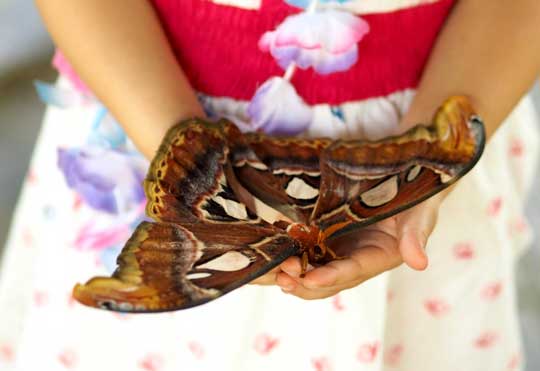
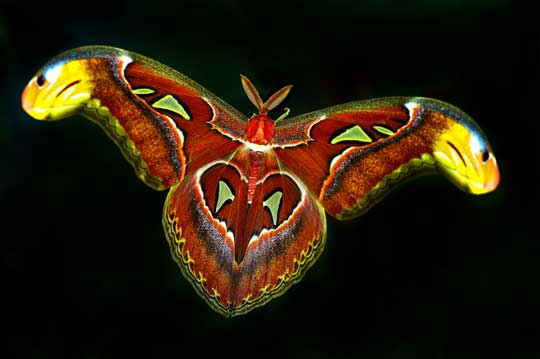
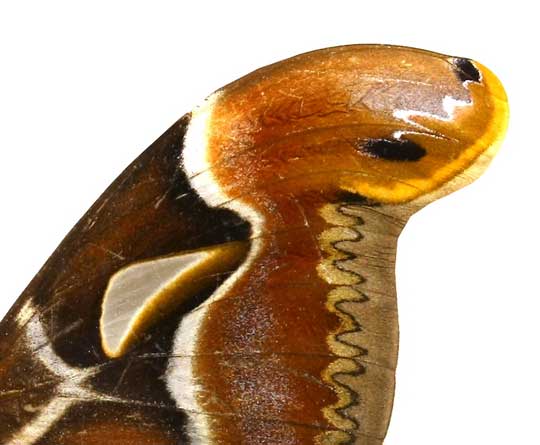
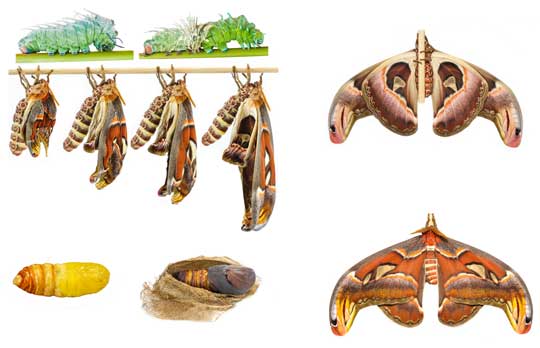
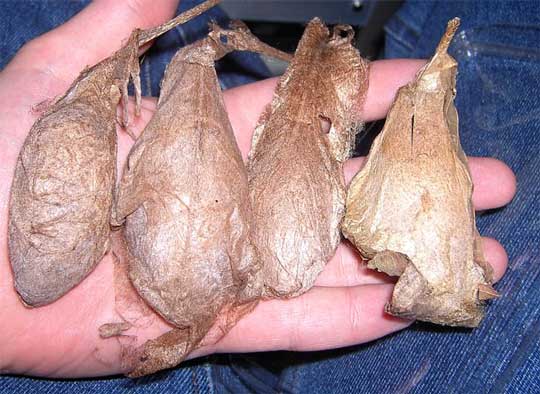
 RSS Feed
RSS Feed